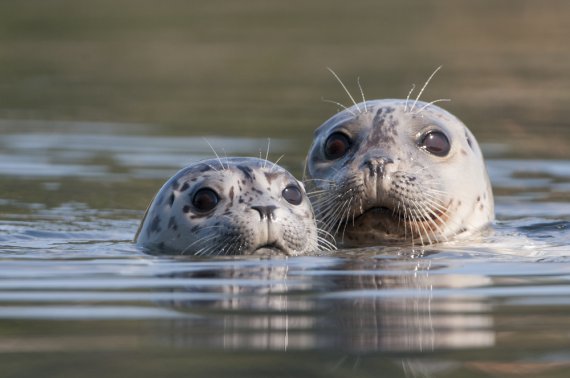The fish stock in the Wadden Sea has declined dramatically since the 1980s. However, ecologist Geert Aarts of Wageningen Marine Research sees no direct causal link with the emergence of the harbour seal (Phoca vitulina). ‘The decline of the fish stock started when the seal population was still small. Predation by the seal could be a cause for the total number of fish to remain low.’
The researchers studied fish remainders in the faeces as well as the dive data of seals that had transmitters attached. They combined these data with the data on the number of fish in the Wadden Sea and the coastal area. Based on these, they estimate that the seals could eat around 43 percent of the fish present in the Wadden Sea in autumn. This increases to 60 percent for the adjacent shallow coastal area. The study focused on the species that are often eaten by seals, like flatfish, cod and whiting.
It seems that the seals do not have a direct effect on the larger fish further into the North Sea. The stock of plaice, for example, has remained the same or even increased. This could be related to the fact that the seals mainly forage near the coast, where mostly younger fish reside. Aarts: ‘One theory implies that the seals thin out the young fish, leaving more food for the remaining fish, which are thus able to better grow and survive.’
Aarts does have a couple of side notes. One of them is that the researchers barely collected any data during winter. ‘It is possible that in that period, the seals increase their hunt for other fish species, like herring.’ The researchers also assumed that the seals spend their entire dive time foraging, but they might also dive to the sea floor to get from one location to another. All this could lead to overestimations of the amount of fish consumed.

 Photo: Shutterstock
Photo: Shutterstock